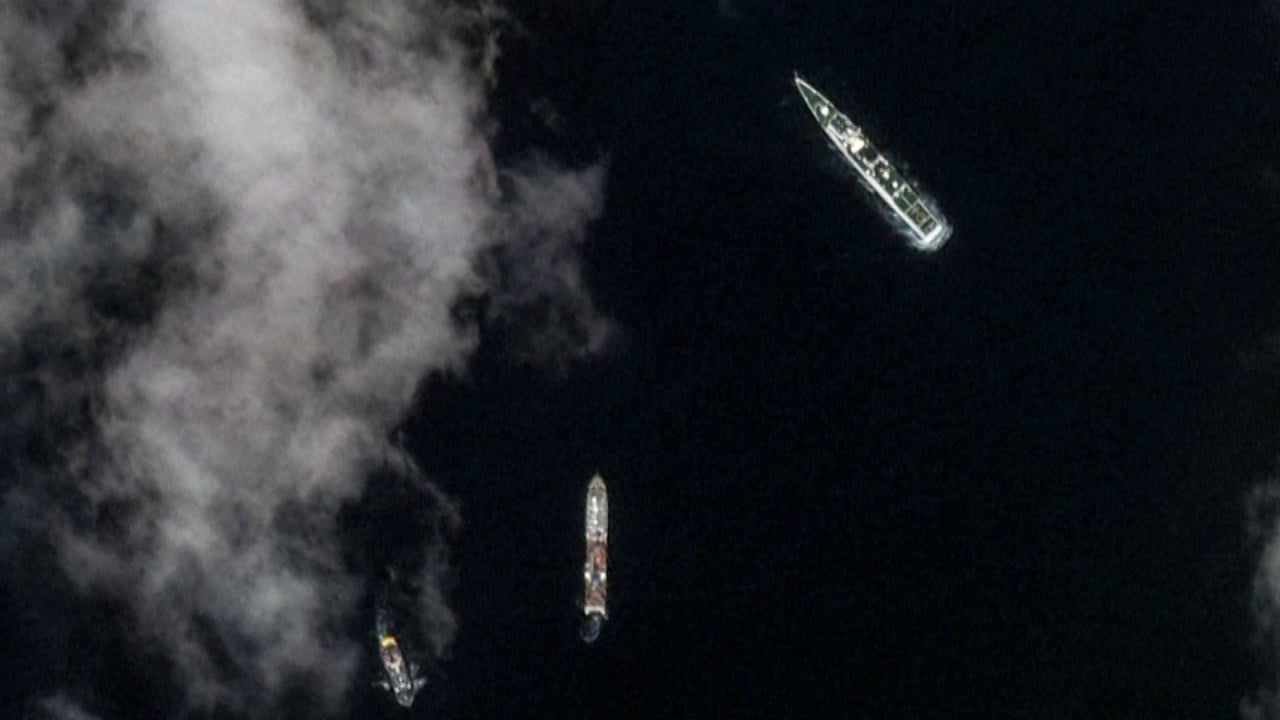“There doesn’t seem to be any indication at all that these issues have remarkable adverse effects on the economy,” Economic Planning Secretary Arsenio Balisacan said on Thursday, shortly after the government reported first-quarter growth of 5.7 per cent, below a 5.9 per cent expansion seen in a Bloomberg survey.
“We are not turning against China,” Balisacan said. “I don’t think there is any attempt at all to disadvantage Chinese investors in the Philippines, particularly the private investors, just because we have these issues in the West Philippine Sea,” he added, using Manila’s term for the South China Sea.
Gross domestic product in the three months through March grew 5.7 per cent from a year earlier, the Philippine Statistics Authority said on Thursday.
While the latest data point to the resilience of the Philippine economy, which posted the fastest expansion in Southeast Asia last year, more signs have emerged that interest rates at a 17-year high and sticky inflation are taking their toll on domestic activity. Consumption, which accounts for more than 70 per cent of output, rose 4.6 per cen last quarter, the slowest growth post-pandemic.
Last quarter’s GDP would likely convince the Bangko Sentral ng Pilipinas, which delivered the most-aggressive monetary tightening in two decades to tame inflation, to keep the key rate steady at 6.5 per cent at its meeting next week.
Still, Balisacan was sanguine over growth prospects, forecasting a faster expansion in the current quarter that will enable the Philippines to meet its growth target in 2024, unless the government’s gains in fighting inflation are reversed.


